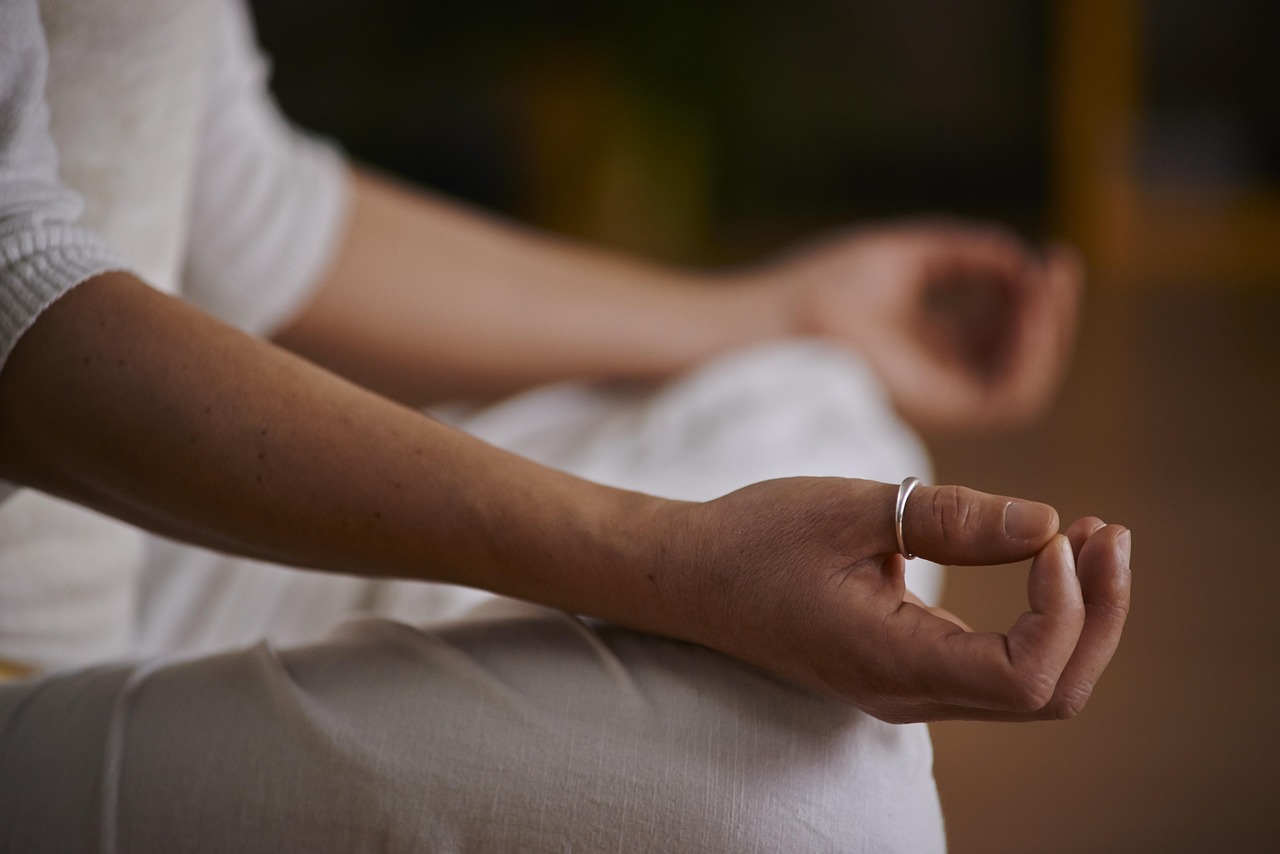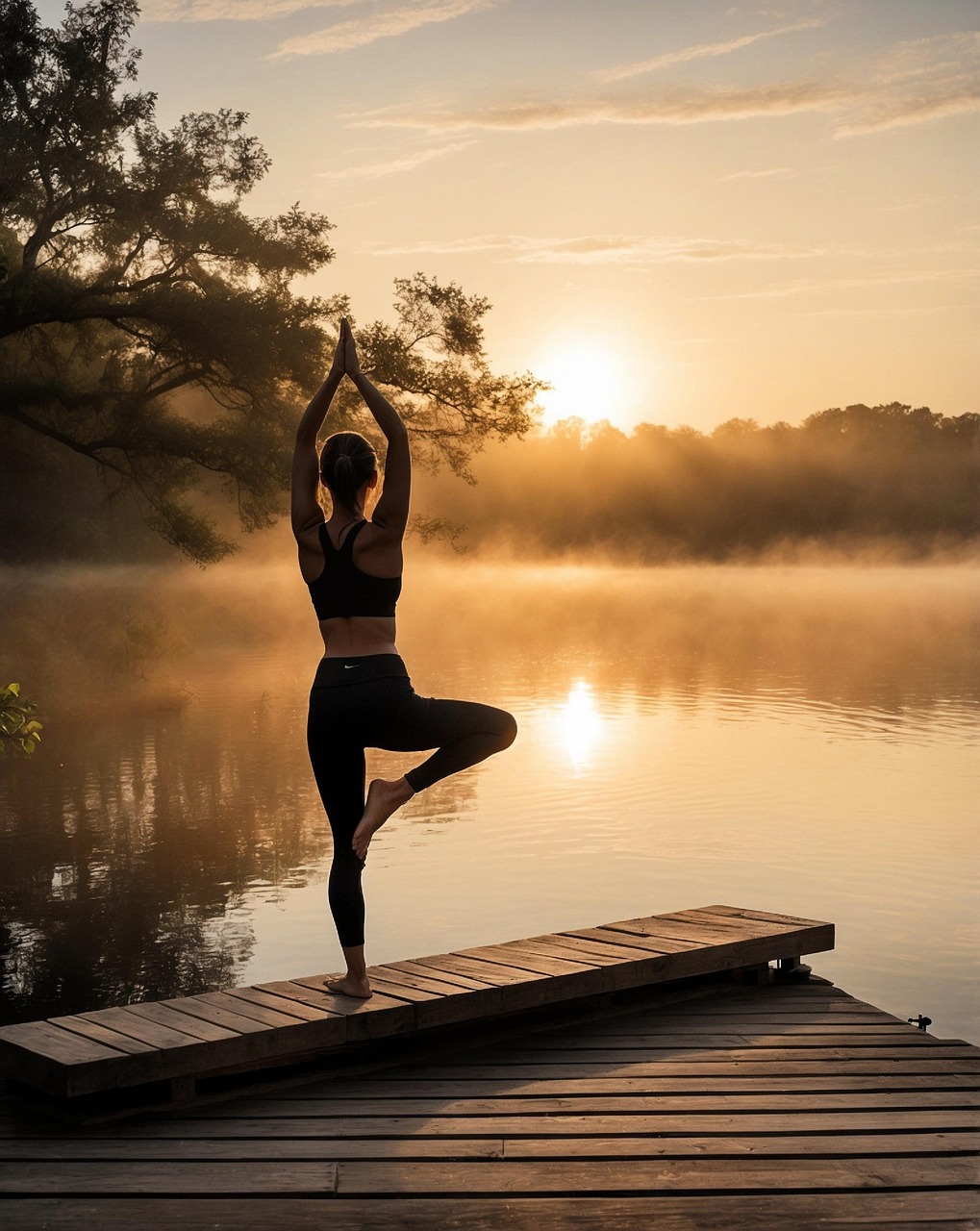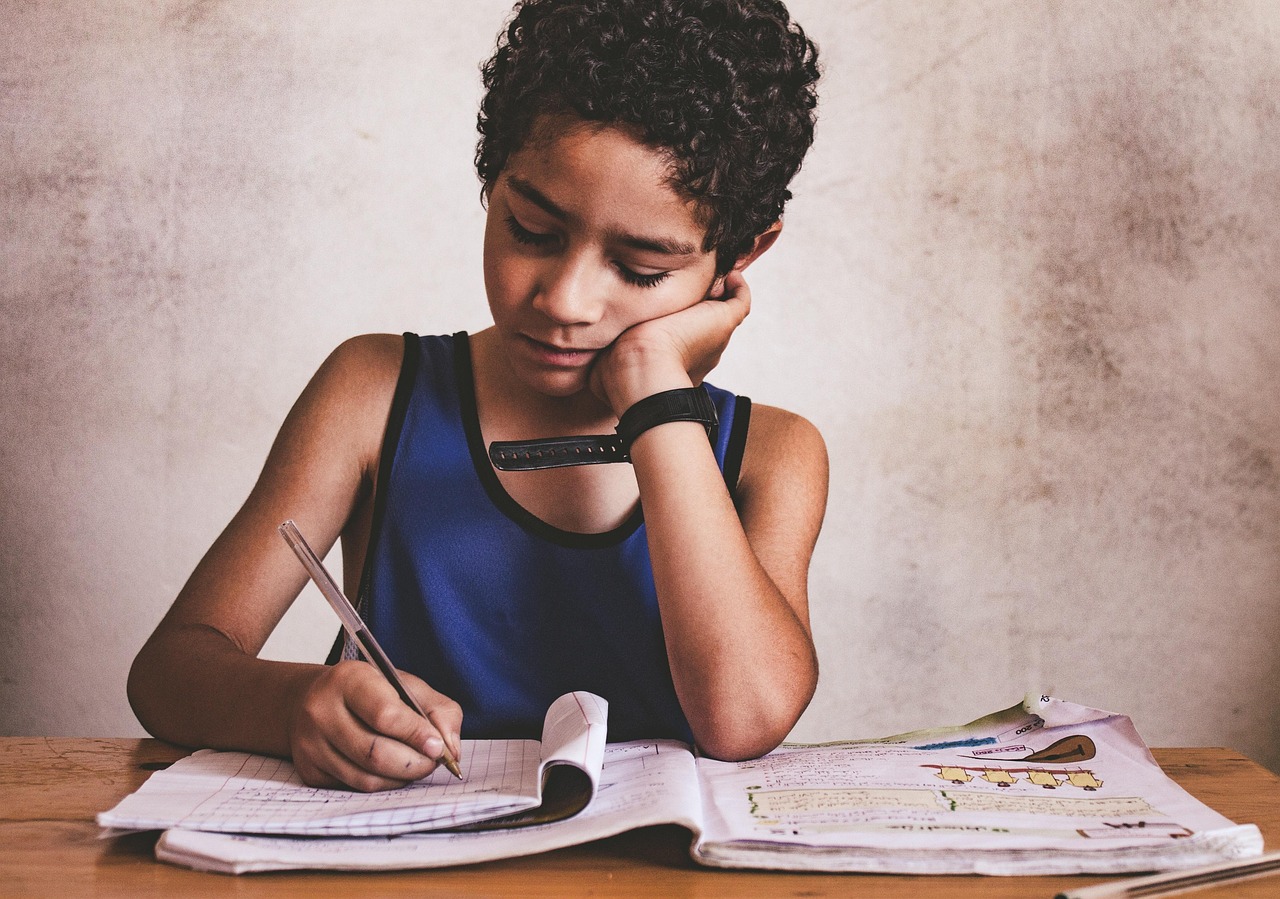In today’s fast-paced world, finding moments of calm and clarity can feel like a luxury. Busy schedules and constant distractions pull attention in every direction, making it harder to stay grounded and present. Yet, the practice of mindful living offers a gentle way to interrupt this cycle by anchoring awareness to the present moment. With a focus on simple, accessible steps, even just five minutes of daily mindfulness can surprisingly transform mental health, reduce stress, and boost overall wellness. By inviting calm into everyday life through meditation and self-awareness, beginners can build lasting habits that nurture focus and emotional balance, creating space for deeper connections with themselves and others.
This beginner’s guide unfolds practical techniques and compassionate advice to guide those new to mindfulness through the initial steps. From setting a daily mindfulness routine to weaving attentive awareness into routine tasks, each section explores realistic approaches that reflect kindness toward oneself. The emphasis lies not in perfection, but in gentle, consistent effort that respects individual pace and life’s unpredictability. As this guide demonstrates, mindful living doesn’t demand hours of commitment or a complete lifestyle overhaul; it starts with taking a few breaths, staying present in daily moments, and welcoming whatever surfaces with openness and curiosity.
Building a Sustainable Mindfulness Habit: Why Starting Small Makes a Big Difference
Many beginners feel overwhelmed when hearing about mindfulness and meditation, often imagining lengthy sessions or extraordinary discipline. However, research now confirms that even brief daily practices can lead to significant benefits in mental health, stress reduction, and cognitive function. Starting with just five minutes of focused attention on the breath or sensations offers a powerful foundation for habit formation without requiring major time investment.
This manageable timeframe helps beginners bypass common obstacles like feeling too busy or restless. In fact, studies have shown that sets of brief mindfulness exercises perform comparably to longer sessions when it comes to alleviating anxiety and cultivating emotional resilience. Consistency, rather than duration, emerges as the crucial factor. Beginning small cultivates patience, allowing stress-reducing benefits to accumulate gradually instead of overwhelming the practitioner.
Steps to Establish a Daily Mindfulness Practice
- Choose a specific time: Linking mindfulness to an existing routine, like morning coffee or evening winding down, helps integrate practice seamlessly.
- Create a dedicated space: Select a quiet, comfortable spot to signal your mind that it’s time to focus.
- Use guided or unguided meditation: Apps or recorded guidance help beginners avoid distraction and build skills, though unguided sessions may suit those with some experience.
- Be gentle with wandering minds: Recognize distractions without judgment and redirect attention calmly to your breathing or sensations.
- Track progress without pressure: Journals or apps can provide visual motivation and reinforce habit formation in a supportive way.
By integrating these steps consistently, mindfulness begins to infuse daily life, evolving from a task into a welcomed pause. This approach helps counteract the feeling that mindfulness is another demanding activity, and instead frames it as a manageable and restorative practice.
| Common Beginner Challenge | Practical Solution | Benefit |
|---|---|---|
| Feeling too busy to meditate | Start with 3-5 minutes; weave mindfulness into existing routines | Builds manageable habit without overcommitting |
| Mind wandering during practice | Use guided meditation; practice non-judgmental return to breath | Increases focus and self-awareness |
| Perfectionism or self-criticism | Practice self-compassion; accept imperfection as part of learning | Promotes emotional resilience and lasting motivation |
| Environmental distractions | Create a quiet, comfortable meditation space | Enhances concentration and comfort |

Incorporating Mindfulness into Everyday Activities: Beyond Formal Meditation
Mindfulness is not restricted to seated meditation; it extends its enriching influence to daily tasks and interactions. A mindful approach invites active engagement, where attention turns toward the sensory and emotional experience of the present moment. This shift from automatic pilot to conscious awareness enhances wellness and focus throughout the day.
By anchoring presence in routine activities, such as eating, walking, or washing dishes, mindfulness transforms them into windows of rest and clarity. This practical method suits beginners who might struggle with setting aside formal practice time but can momentarily pause to tune inward during ordinary moments. These small pauses can cumulatively support stress reduction and self-awareness in meaningful ways.
Examples of Mindful Daily Practices
- Mindful Eating: Savor each bite, noticing flavors, textures, and smells to deepen connection with food and body signals.
- Mindful Walking: Focus on the sensation of feet touching the ground, the rhythm of steps, and surroundings to cultivate grounding and presence.
- Mindful Dishwashing: Observe the warmth of water, movement of hands, and sounds, turning chores into meditative moments.
- Mindful Waiting: Use waiting times in lines or traffic to practice breath awareness or simple body scans.
Embedding these mindful moments helps balance days filled with multiple demands and improves resilience to stress. As individuals realize how accessible mindfulness is, the likelihood of establishing a regular formal meditation practice often increases over time.
| Daily Activity | Mindfulness Technique | Result |
|---|---|---|
| Eating | Savoring food slowly with full attention | Improved digestion and satisfaction; less overeating |
| Walking | Feeling each footfall and observing surroundings | Increased grounding and mental clarity |
| Chores | Paying attention to sensory details of task | Turns chores into calming, meditative moments |
| Waiting | Practicing breath focus or awareness of body | Reduces restlessness and frustration |
Harnessing Breath Awareness for Immediate Stress Reduction and Focus
Breath forms a bridge between mind and body that’s always accessible. Breath awareness is a cornerstone technique in mindfulness practices because it serves as a reliable anchor during meditation and throughout daily life. Learning to notice the quality of breath — its depth, rhythm, and location — opens the door to relaxation and enhances self-awareness without requiring any special equipment or lengthy instruction.
In moments of anxiety or scattered thoughts, simply tuning into breathing provides immediate relief. This technique is powerful for beginners and seasoned practitioners alike due to its simplicity and portability. It fosters emotional regulation and helps produce a state of calm focus important for mental health and wellness.
How to Practice Breath Awareness Efficiently
- Find a comfy position: Sit or lie down with a straight spine to allow easy breathing.
- Inhale gently: Notice the flow of air entering through nostrils or mouth.
- Exhale slowly: Pay attention to how the breath leaves your body.
- Observe sensations: Track how the chest and abdomen expand and contract naturally.
- Redirect kindly: When mind wanders, acknowledge it without judgment and bring focus back to breath.
Regularly using breath as an anchor can gradually increase focus span across other activities, aids in calming racing thoughts, and reduces stress levels. The ability to reset during a hectic day with a simple breath awareness practice demonstrates its accessibility for anyone seeking wellness improvements.
| Breath Awareness Step | Purpose | Immediate Benefit |
|---|---|---|
| Comfortable posture | Facilitates unobstructed breathing | Ease and readiness to focus |
| Gentle inhale | Noticing air flow | Increased sensory awareness |
| Slow exhale | Focus in the present moment | Stress reduction |
| Non-judgmental focus | Encourages kindness to wandering thoughts | Improved attention and self-compassion |

Embracing Non-Judgmental Awareness: Learning to Observe Thoughts and Emotions with Kindness
Mindful living encourages observing thoughts, emotions, and sensations without labeling them as good or bad. This non-judgmental stance gently dissolves internal struggles by accepting experience as it unfolds. For beginners, this principle is fundamental to cultivating compassion toward themselves as they navigate the challenges of habit formation and emotional responses.
Accepting emotions as temporary phenomena rather than fixed truths creates space for easier coping and emotional balance. It also prevents the mental exhaustion caused by persistent self-criticism and resistance to discomfort. Over time, non-judgmental awareness fosters resilience and deepens self-understanding.
Ways to Practice Non-Judgmental Awareness in Daily Life
- Label thoughts mindfully: When noticing a strong emotion or uneasy thought, name it (“worry,” “sadness”) without attaching a story or judgment.
- Visualize thoughts as clouds: Imagine passing clouds drifting across a wide sky, temporary and ever-changing.
- Use the RAIN technique: Recognize your emotion, Allow it to be there, Investigate its source with curiosity, and Nurture yourself with kindness.
- Pause before reacting: Create space by breathing deeply before responding to distressing situations.
This approach aligns with the broader benefits of mindful living, such as enhanced mental health and stress reduction, by promoting a balanced and grounded emotional landscape. Emotional awareness becomes a tool for wellness rather than a source of overwhelm or avoidance.
| Practice Strategy | Purpose | Long-Term Effect |
|---|---|---|
| Labeling thoughts | Creates awareness without judgment | Reduces emotional reactivity |
| Visualization | Encourages detachment from fixed narratives | Increases emotional flexibility |
| RAIN technique | Offers structured self-compassion | Enhances self-kindness and stress resilience |
| Pause and breathe | Supports thoughtful response over impulsivity | Improves interpersonal communication and inner peace |
Practicing non-judgmental awareness regularly leads to a profound shift in how one relates to self and surroundings, making mindful living a sustainable and enriching way of life. For those interested in more inspiration or guidance, exploring local resources such as St Anthony Study & Life Balance can provide supportive community and expert advice.
Daily Reflection and Support: Tools to Sustain Your Mindful Living Journey
Self-reflection at the end of each day reinforces mindfulness by increasing accountability and creating learning opportunities. Journaling or simply thinking about mindful moments experienced can solidify progress and illuminate areas for growth. Paired with support from community or loved ones, reflection transforms practice from solitary effort into a shared journey.
Reflection and Social Support Strategies
- Evening journaling: Spend a few minutes noting when mindfulness was present and where attention slipped.
- Set small goals: Identify one aspect of mindfulness or emotional regulation to improve tomorrow.
- Celebrate wins: Acknowledge even minor progress to sustain motivation and build self-compassion.
- Seek group or family support: Meditation groups or family mindfulness practices reinforce commitment and foster connection.
Communities centered on mindfulness provide encouragement and shared experience, which research shows significantly improves habit adherence. Finding allies in the practice, whether through local centers or virtual groups, makes the journey more enjoyable and enriching.
| Technique | Purpose | Benefit |
|---|---|---|
| Evening journaling | Reinforces mindfulness awareness | Builds intentional living habits |
| Small goal setting | Promotes steady improvement | Maintains motivation and focus |
| Celebrating progress | Supports positive reinforcement | Increases self-esteem and practice enjoyment |
| Group or family meditation | Enhances accountability and connection | Improves consistency and emotional support |
For those looking to deepen their practice or find additional resources, local organizations like St Anthony Study & Life Balance offer valuable programming and guidance to support mental health and wellness goals.
How long should a beginner meditate daily?
Starting with five minutes daily is ideal for beginners. Regularity matters more than length, and duration can gradually increase as comfort and focus improve.
What is a simple way to handle distracting thoughts during meditation?
When the mind wanders, gently acknowledge the distraction without judgment, then refocus on your breath or point of attention. This practice strengthens concentration over time.
Is a dedicated meditation space necessary?
While helpful, a special space is not essential. A quiet, comfortable area where you won’t be disturbed supports consistency but mindfulness can be practiced anywhere.
How can mindfulness help with stress reduction?
Mindfulness cultivates present-moment awareness and calm, which reduces the impact of stress triggers and promotes better emotional regulation.
What are some gentle ways to stay motivated in daily mindfulness practice?
Tracking progress through journals or apps, celebrating small wins, and seeking support from friends, groups, or family encourage ongoing commitment with kindness.
Emma Collins is a former high-school teacher and study coach based near Sacramento, California. After years of watching brilliant students and exhausted parents burn out, she started St Anthony Study & Life Balance to share calm, practical tools for studying, working and living with less stress. She loves simple routines, good coffee, and small changes that make everyday life feel lighter


